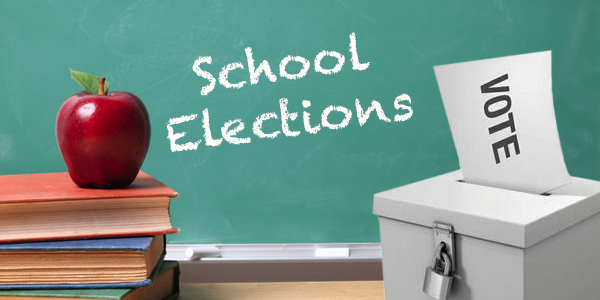Politics and education have always been closely intertwined, as the way in which political systems are organized and run often has a direct impact on the way in which schools are run and funded. In this article, we will explore the various ways in which politics affects schools, both positively and negatively, and discuss some of the key issues and challenges that are currently facing educators and policymakers.
The Role of Government in Education
One of the most significant ways in which politics affects schools is through government funding and regulation. In most countries, the government is responsible for providing funding for public schools, and for setting and enforcing educational policies and standards. This can have both positive and negative effects on the quality of education that students receive.
On the positive side, government funding can help to ensure that all students have access to a high-quality education, regardless of their socioeconomic status. This is particularly important for disadvantaged students, who may not have access to the same resources and opportunities as their more affluent peers. Additionally, government regulation can help to ensure that schools are safe and provide a healthy learning environment for students.
On the negative side, government funding and regulation can sometimes lead to a lack of innovation and creativity in schools, as educators may feel constrained by bureaucratic rules and regulations. Additionally, political interference in schools can sometimes lead to a focus on standardized testing and a narrow curriculum, which can limit students' opportunities to explore their interests and passions.
The Role of Politics in School Curriculum
Another important way in which politics affects schools is through the curriculum that is taught. In many countries, the government plays a significant role in determining what students learn, and political ideologies can influence what is included or excluded from the curriculum.
For example, in some countries, the government may require schools to teach a particular version of history that emphasizes the country's national identity and accomplishments, while downplaying or ignoring events or figures that are considered to be controversial or divisive. Similarly, some governments may require schools to teach a particular ideology or worldview, such as religious or political dogma.
This can have a negative impact on students, as it can limit their ability to think critically and form their own opinions and beliefs. Additionally, it can also lead to a lack of diversity and inclusivity in the curriculum, which can further marginalize disadvantaged students.
Challenges and Controversies
Despite the many positive aspects of politics in schools, there are also a number of challenges and controversies that educators and policymakers must contend with. One of the most significant challenges is the ongoing debate over school funding and how to ensure that all students have access to a high-quality education.
Another major issue is the growing concern over the influence of politics on the curriculum and the impact this can have on students. Some educators and policymakers argue that schools should be politically neutral and focus on providing students with the knowledge and skills they need to succeed in the modern world. Others argue that schools should be more politically engaged and actively work to promote social justice and equality.
Conclusion
In conclusion, politics plays a significant role in shaping the way in which schools are run and funded, as well as the curriculum that is taught to students. While there are many positive aspects to this, there are also a number of challenges and controversies that educators and policymakers must contend with.
In order to ensure that students receive the best possible education, it is essential that policymakers and educators work together to find a balance between government funding and regulation, and academic freedom and creativity. Additionally, it is important for schools to provide a diverse and inclusive curriculum that exposes students to a variety of perspectives and ideas, and encourages them to think critically and form their own opinions.

